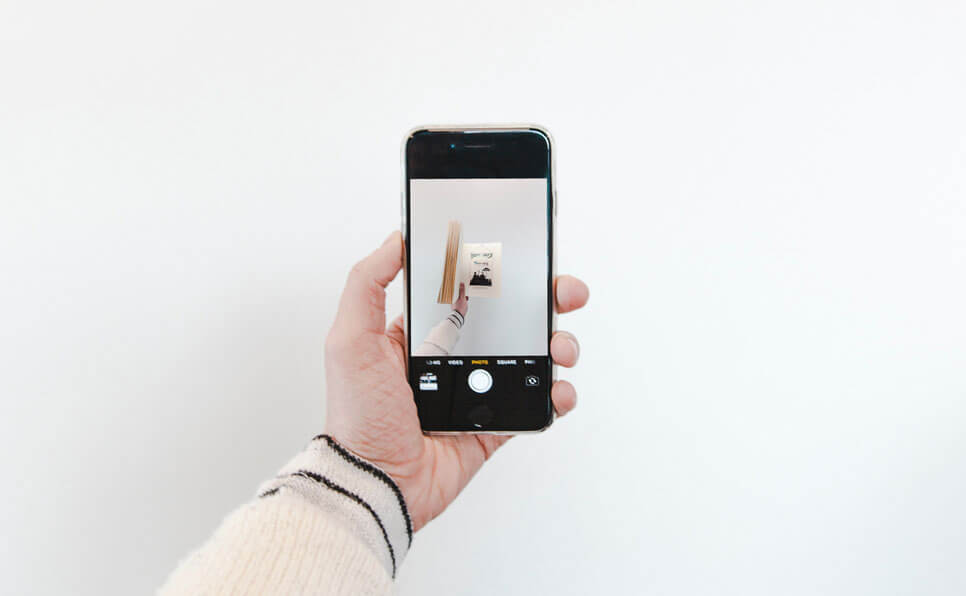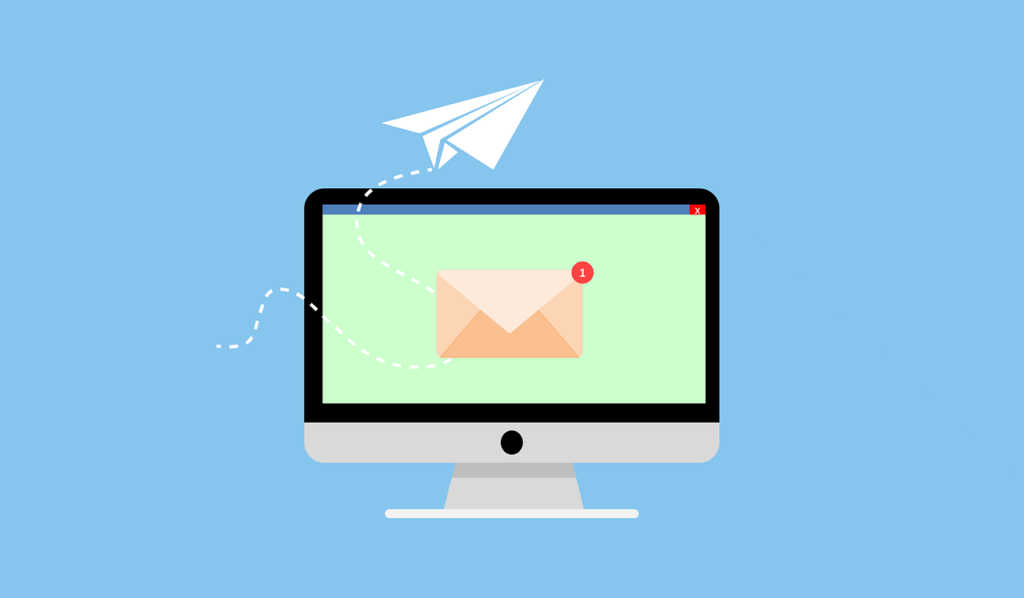Flutter, Google’s open-source UI development framework, offers a rich collection of widgets that enable developers to create stunning and responsive user interfaces for mobile, web, and desktop applications. In this blog, we’ll delve into some of the most useful widgets in Flutter and provide examples of their implementation.
1. Container Widget
The Container widget is a fundamental building block for layout and styling. It provides control over dimensions, padding, margin, and decoration of its child widget.
Example:
Container( width: 150, height: 150, margin: EdgeInsets.all(10), padding: EdgeInsets.all(20), decoration: BoxDecoration( color: Colors.blue, borderRadius: BorderRadius.circular(10), ), child: Text("Hello, Container!"), )
2. Column and Row Widgets
Column and Row widgets are crucial for creating flexible layouts. They allow you to arrange child widgets vertically (Column) or horizontally (Row).
Example:
Column( mainAxisAlignment: MainAxisAlignment.center, crossAxisAlignment: CrossAxisAlignment.center, children: [ Text("Item 1"), Text("Item 2"), Text("Item 3"), ], )
3. ListView Widget
For creating scrollable lists of items, the ListView widget is indispensable. The ListView.builder constructor is particularly useful for optimizing performance when dealing with large lists.
Example:
ListView.builder( itemCount: items.length, itemBuilder: (context, index) { return ListTile(title: Text(items[index])); }, )
4. Text Widget
The Text widget is used for displaying styled text on the screen. It supports various text styling options.
Example:
Text( "Welcome to Flutter!", style: TextStyle( fontSize: 20, fontWeight: FontWeight.bold, color: Colors.black, ), )
5. FlatButton, RaisedButton, and IconButton Widgets
Buttons are essential for user interaction. Flutter offers various button widgets like FlatButton, RaisedButton, and IconButton.
Example:
RaisedButton( onPressed: () { // Perform an action when the button is pressed }, child: Text( "Submit", style: TextStyle(fontSize: 18), ), color: Colors.green, textColor: Colors.white, shape: RoundedRectangleBorder( borderRadius: BorderRadius.circular(8), ), )IconButton( icon: Icon( Icons.favorite, color: isFavorite ? Colors.red : Colors.grey, ), onPressed: () { // Toggle the favorite status setState(() { isFavorite = !isFavorite; }); }, )FlatButton( onPressed: () { // Perform an action when the button is pressed }, child: Text( "Click me", style: TextStyle(fontSize: 16), ), color: Colors.blue, textColor: Colors.white, )
6. TextField Widget
For capturing user input, the TextField widget comes in handy. It allows users to enter text and supports keyboard interactions.
Example:
TextField( decoration: InputDecoration( labelText: "Enter your name", ), onChanged: (value) { // Handle input changes here }, )
7. AppBar Widget
The AppBar widget creates a top app bar that typically contains a title and navigation controls.
Example:
AppBar( title: Text("My App"), actions: [ IconButton( icon: Icon(Icons.search), onPressed: () { // Implement search functionality }, ), ], )
8. SnackBar Widget
The SnackBar widget displays brief messages at the bottom of the screen, often used for notifications or user feedback.
Example:
ElevatedButton( onPressed: () { ScaffoldMessenger.of(context).showSnackBar( SnackBar(content: Text("Action completed")), ); }, child: Text("Show SnackBar"), )
Conclusion
These are just a few of the essential widgets that Flutter provides to create dynamic and engaging user interfaces. By combining these widgets and exploring the broader range of widgets available, you can build powerful and visually appealing apps across various platforms. Remember that Flutter’s flexibility allows you to customize these widgets to suit your application’s unique needs. Happy coding!


